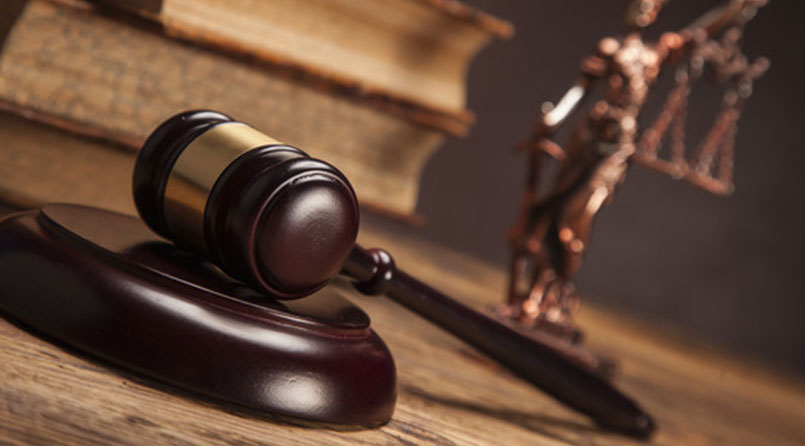Laws relating to prevention of air pollution in India – Part I

By Rajendra Beniwal
Introduction – Air pollution is contamination of the indoor or outdoor environment by any chemical, physical or biological agent that modifies the natural characteristics of the atmosphere.[1] A recent WHO study[2] of 1,600 cities across globe has revealed that air pollution had worsened, putting city-dwellers at a higher risk of cancer, stroke and heart disease.
Air pollution is an area of serious concern in India. As per the aforesaid WHO study, New Delhi has the dirtiest air, with an annual average of 153 micrograms of small particulates (known as PM 2.5) per cubic meter. The main reasons for air pollution in India are firewood and biomass burning, increase in vehicular emissions, traffic congestion, adultered fuel, non-disposal of wastes, etc.
Genesis of Indian Laws on Air Pollution
In the UN Conference on the Human Environment held in Stockholm in June, 1972 (“Stockholm Conference”), the Stockholm Declaration was proclaimed and resolution was taken for preservation of environment and prevention and control of pollution. India was also a party to the Stockholm Conference and in pursuance of the undertaking taken in Stockholm, the Government of India under Article 253 of the Constitution of India enacted the Air (Prevention and Control of Pollution) Act, 1981 (“Air Act”) for the prevention, control and abatement of air pollution and further to implement the provisions of the Air Act, enacted the Air (Prevention and Control of Pollution) Rules, 1981 (“Air Rules”).
The Air Act has been enacted on the same lines as the Water Act, 1974 which was promulgated to control water pollution. The Air Act consists of fifty four (54) Sections divided into seven (7) chapters. Air pollution, according to the Air Act means the presence of any “air pollutant” in the atmosphere. The definition of Air pollutant is so wide that it encompasses any solid, liquid or gaseous substance including noise present in the atmosphere to such an extent that it is injurious to human, living creatures, property or environment.
The Air Act confers the regulatory power to the Central Pollution Control Board (“CPCB”) and the State Pollution Control Board (“SPCB”) to prevent and control the air pollution.
Role of CPCB and SPCBs
The CPCB and the SPCBs have been given the role to improve the quality of air and to prevent, control or abate air pollution. The various functions and powers of the CPCB and the SPCB are respectively provided under Section 16 and Section 17 of the Air Act. The CPCB is bound by the direction of the Central Government and SPCB is bound by directions of the CPCB and the State Government.[3]
3.1 Functions and Power of CPCB :
a) Advice the Central Government on improvement of air quality and prevention, control or abatement of air pollution and to provide training to persons engaged in such programs
b) Prescribe the standards for air quality
c) Execute nation-wide programs for prevention, control or abatement of air pollution and training to persons engaged in such programs
d) Give direction to SPCBs, co-ordinate between SPCBs and provide any technical assistance, guidance and resolve the disputes among SPCBs
e) Collect and publish technical and statistical data relating to air pollution
f) Organize mass media programs for prevention, control or abatement of air pollution.
g) Establish or recognize laboratory(ies) to perform the various functions mentioned under Section 16 of the Air Act
3.2 Functions and Power of SPCB :
a) Plan comprehensive program for the prevention, control or abatement of air pollution
b) Advice the State Government on any matter concerning the prevention, control or abatement of air pollution
c) Prescribe the standards for emission of air pollutants into the atmosphere in consultation with CPCB
d) Collaborate with CPCB in providing training to persons engaged in the prevention, control or abatement of air pollution and also to organize mass education programs.
e) Collect and disseminate information regarding air pollution
f) Inspect air pollution control areas, any control equipment, industrial plat or manufacturing process and assess the quality and further to give order or direction
g) Establish or recognize laboratory(ies) to perform the various functions mentioned under Section 17 of the Air Act
h) To give directions in writing for (a) stoppage or regulation of electricity, water or any other services; or (b) the closure, prohibition or regulation of any industry, operation or process[4].
Power of State Governments
The State Governments has the power to declare any area as air pollution control area after consultation with the SPCB[5]. The State Government, after consultation with the SPCB, can prohibit use of any fuel, other than approved fuel in any area if it feels that the use of the fuel will pollute the atmosphere[6]. Further, in order to prevent air pollution, the State Governments have the power to prohibit the use of any appliance[7]. If the State Government is of the view that burning of any substance (other than a fuel) may cause or likely to cause air pollution, it can prohibit burning of such material by notification through official gazette[8]. The State Government also has the power to instruct the authority in charge of the Motor Vehicles Act, 1939 to adhere to the standards for emission of air pollutants from automobiles which are stipulated by the SBCB[9].
[3] Section 18 (1) of the Air Act
[4] Section 31-A of Air Act
[5] Section 19 (1) of the Air Act
[6] Section 19 (3) of the Air Act
[7] Section 19 (4) of the Air Act
[8] Section 19 (5) of the Air Act
[9] Section 20 of the Air Act




